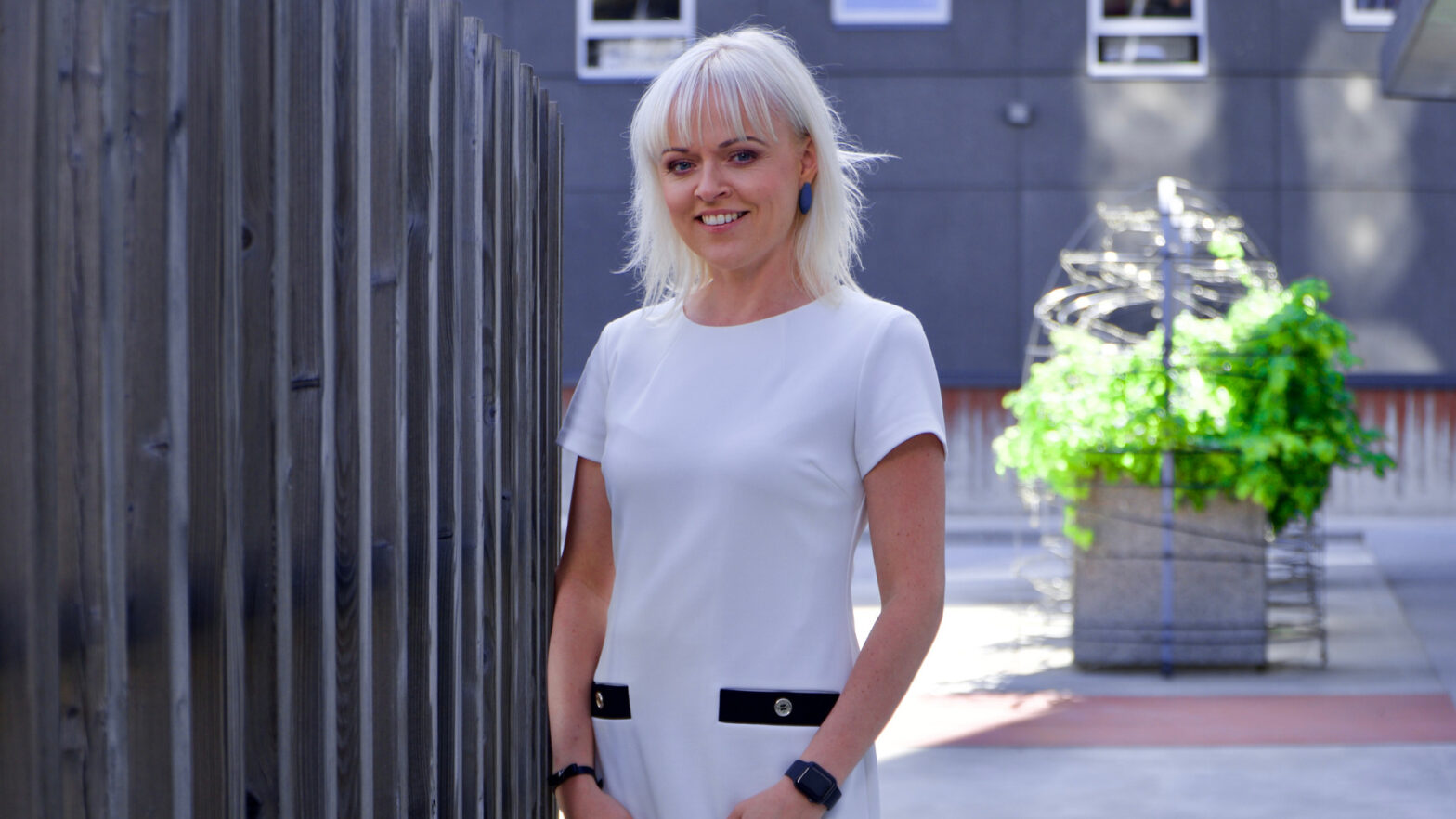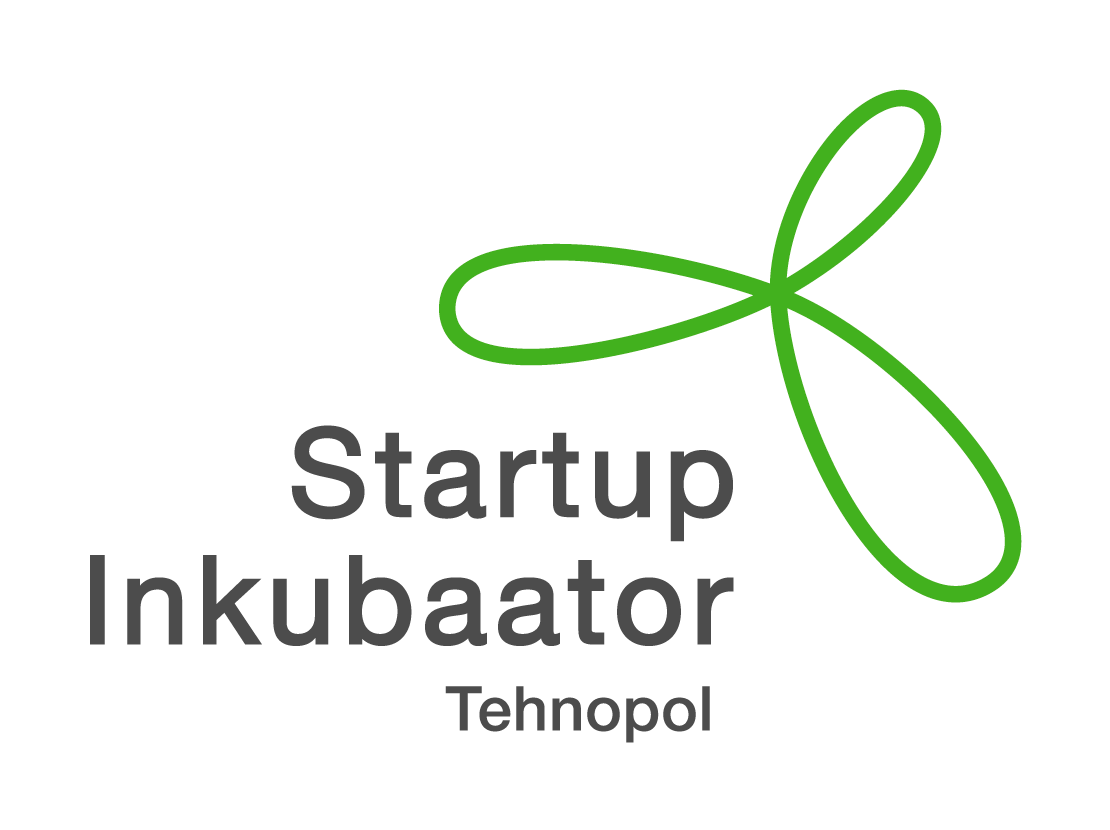Unicorns and zebras – our economy needs them both

Kadri Tammai, Tehnopol Startup Incubator Manager
Unicorns are sexy; they have a mystical aura, they top the league tables for employers that everyone wants to work for, and they earn gushing plaudits in the media. Unicorns have become a vital part of the Estonian startup ecosystem as the state and businesses seek to produce them, and investors seek to find them. But unicorns are not alone in their environment.
There are seven domestic unicorns recognised in Estonia. The state has set a target that there should be 25 such companies by 2025 that are valued at over a billion euros before they launch on the stock exchange. Some target! Given that there are in total a little over 950 unicorns around the world, we are already punching above the weight of our population figures and will continue to do so in future.
The status of unicorn seems to be a target in itself for many. It is a badge of success and is certainly one reason why so many Estonians love setting up their own start-up companies. If someone can show how to create a company that is worth several billion after less than a decade, it is a real inspiration. But achieving such success needs luck and a lot of correct choices. Unicorns have the ability to create new markets, a laser-like focus on their products or services, explosive growth, ever-increasing rounds of new investment, growth not profit as a priority, and a clear exit strategy. They are not aiming for some distant golden anniversary, when the founders, team members and investors of a business have been happily together for 50 years. Their time horizon is more like a decade, if even that.
I am lucky to be able to work with early stage startup companies and to see the passion in the eyes of their founders as they build their businesses. They work day and night, evenings and weekends, often alongside their main job. They talk excitedly about how one or another problem can be addressed, and about how their products will really help make the world a better place. They do not only talk about this future, they really believe in it. Making this dream real needs money, which they get from families and friends, and then from angel investors and venture capital funds. This money comes with conditions, with expectations of average growth of 10-15% a month. Yes, that’s right: 10-15% a month, not a year.
Investors are looking for the right team and the right business model to give them a return on their portfolio. The startups need to be brave enough to take risks, and smart enough to minimise those risks sufficiently; to reach clients in markets where nobody else has, and to ensure the business keeps growing fast. As the business grows, so does the value of the investment in it, and so also does the hope of receiving money in the next investment round. The entire process revolves around rapid growth.
The zebras enter the arena
Unicorns are wonderful, but they are not the only animals in the zoo. Just as people make more and more informed and sustainable choices in their everyday life, so startup companies increasingly look for different models for how to build a business.
This is where the zebras come in. Unlike unicorns, zebras really exist in the animal kingdom, with four hooves firmly on the ground. A zebra company is simultaneously profitable and beneficial for society. No, zebras are not charities that have no interest in profit. Rather the opposite, zebra companies try to design a business model that would be profitable right from the early stages of the company. In consequence, zebras grow more slowly than unicorns, but more stably. Zebras are long-distance runners, not sprinters.
Zebras also differ from unicorns because of the herd effect. Zebras are strongest when there are many of them, as competition is replaced by cooperation and serious social problems can be tackled by a community.
Variety in the ecosystem creates opportunities not just for businesses, but also for investors. Choices can be made about investment strategy and risk appetite to suit individual preferences. While unicorns need repeated new financing rounds again and again to fund their rapid growth, the zebras can as a rule survive without massive amounts of private capital. They mainly take money from investors when the investor also believes in the greater mission of the company and does not put pressure on it to focus on rapid growth, and rapid growth alone.
Between the two options, it is not that one is right and the other is wrong, that one must win and the other must lose. Everyone must choose the path that is best for themselves; if you like taking risks, if you like the unknown and excitement, if you can keep your head when faced with surprises, if you want to try something that no one else has done, then you are probably more of the unicorn type. But if your preference is for stable growth, if it is important to you how you can help society, and if you want to build a profitable business from the very beginning, then your company is probably more of the zebra type.
The Estonian Founders Society has set the goal of helping the startup sector produce a third of Estonian GDP over the coming decade. Achieving this needs both unicorns and zebras. Neither is better than the other, they are simply different business models, choices and company types, and we at the Tehnopol Startup Incubator love both of them. All new start-up companies are welcome to apply for our growth programme, where we will help them find the right path to lead them to success.


